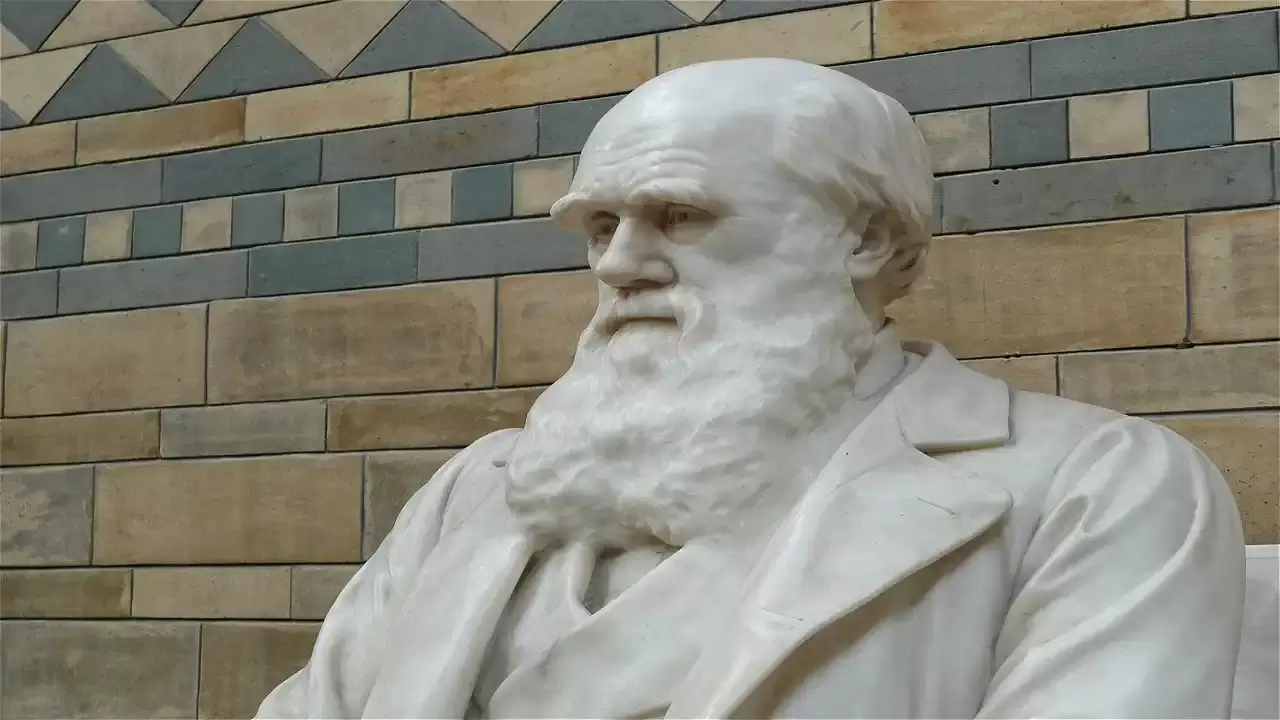Charles Darwin's theory of evolution is so entrenched that even when there is evidence to the contrary, no scientist would dare to speak against it.

Darwinian evolution is so entrenched, with correct principles, of natural selection that science has not noticed that it is being dragged with theory to the wrong places! The findings of fossils seem to prove the entire evolution theory, but paradoxically, they are misleading. Although there is evidence today that contradicts the original conception of the origin of human beings, no scientist would dare openly oppose the theory.
There are two main problems in the theory of evolution—Which are not about the question of natural selection.
Link: Evolution (Wikipedia)
The two main problems with the classical theory of evolution are that there is no plausible explanation for creating life from chemical compounds. (Abiogenesis) In addition, second-order evolution, in which species change regularly while changing the number of chromosomes, is not supported by a mathematical simulation, even a fairly simplistic one.
The DNA molecule is a marvel of highly complex binary code that is unlikely to have been created spontaneously. (Abiogenesis)
Abiogenesis is completely unlikely to happen randomly.
- Some convincing scientific theories try to explain the formation of life on Earth (Abiogenesis). If you add up all the variables, the problem is that you will get impossible coincidences!
- A constant energy source had to be found for life to exist on Earth. (Apart from lightning) life began after the creation of single cells plankton) that were able to carry out photosynthesis. The chlorophyll that enables photosynthesis is a pretty complex molecule, DNA, by chance! Succeeded in producing the most efficient photovoltaic cell formula in nature. By analogy, it's like asking a newborn baby to write the operating system for all the computing in the world.
Second-order evolution, with a change in the number of chromosomes, is theoretically possible but not a plausible scenario.
- The addition of chromosomes, doubling, tripling, or multiples of one and a half times the number of chromosomes is the possible result of complex mutations, which often lead to the death of the offspring or cause severe disability. Theoretically, gradually, any combination of chromosomes is possible. Still, to produce fertile offspring, it is necessary to have a healthy, non-infertile adult and a partner of the opposite sex with the same number of chromosomes in the window of time that allows fertilization. This is a very statistically improbable scenario.
The thought that everything is conducted randomly is a thought we would like to believe in - but it does not correspond to reality.
A simple simulation of the first human ancestors—apes with 46 chromosomes illustrates it is unlikely.
I present a simple methodological simulation of the first apes that underwent the mutation that reduced their chromosome number to 46 as humans have.
- Mutations caused the first-ever ape to fuse chromosomes, which were born with 46 chromosomes like humans. Instead of 48. (In most cases, such changes result in a sick animal with low survival)
- Suppose the (first) ancestor was healthy and survived; it could not have produced fertile offspring with another great ape. Such hybridization would have created an ape with 47 chromosomes (similar to humans with Down's syndrome), and most likely, that hybrid child would be infertile. (Similar to a mule, which is a cross between a horse and a donkey)
- Another possibility (even less likely) is that two identical mutations were created within a short time interval among opposite sexes that allow sexual reproduction.
- Since evolution requires inheritance, if such a pair was formed, those two individuals had to mate among all the other individuals.
- Since monkeys, including great apes, avoid incest, this is unlikely. Because it required the nuclear family's mating, the first was created with 46 chromosomes.
The conclusion that humans descend from apes seemed self-evident at the time, but on closer inspection - it does not stand the test of logic! The ancient humans resemble monkeys, but the conclusion that they are a direct result of evolution from apes, which is entirely random and spontaneous, will not stand up to a much more accurate simulation.
There are many indications that the theory of evolution is not entirely true. Humanity's origin is not from the ape! The accepted explanation is unlikely, and soon, it will be possible to prove it through very complex simulations of human evolution. Link: Human Evolution Must Have Been Accelerated By Extraterrestrials.

